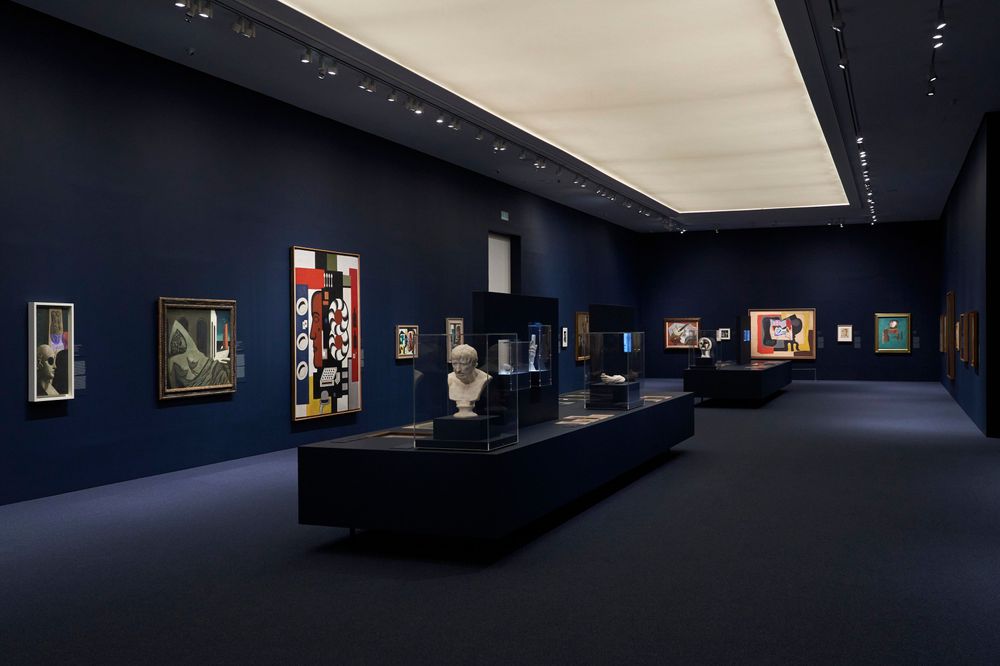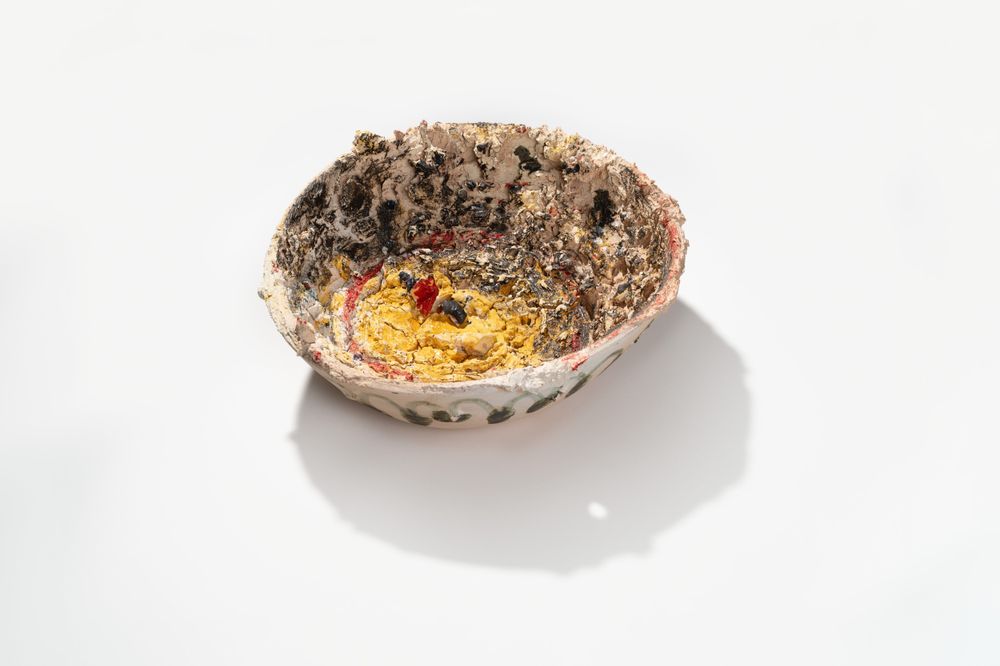09/05/202310/09/2023
Picasso Sculptor. Matter and Body
View of the exhibition rooms © Museo Picasso Málaga
Picasso’s sculptures were seemingly overshadowed by his paintings and played a secondary role in his prolific artistic career. The first exhibition in which his sculpture was shown was Hommage à Pablo Picasso at the Grand Palais and Petit Palais in Paris in 1966. The following year, the Tate Gallery, London, organised another exhibition devoted mainly to his sculpture; until then, his three-dimensional work had received little critical attention. However, sculpture was not a secondary concern for Picasso but a form of expression on a par with painting. According to Pierre Daix, ‘he was at least as great a sculptor as he was a painter, and for him these two aspects of his work were always complementary, for he had discovered very early on that the switching from one to the other enabled him to determine precisely what painting is and what sculpture is’.
Picasso Sculptor. Matter and Body is the first major exhibition in Spain devoted to this facet of Picasso’s work. The selection of pieces is intended to underline the central role played by the representation of the human body, taken as both a whole and as a fragment, in the Málaga-born artist’s œuvre.
Like the rest of his artistic production, Picasso’s sculptures are notable for their innovation and use of unorthodox techniques and materials. Between modelling and construction, either in welded iron, wood or sheet metal, incorporating the void as a new element that was crucial to modern sculpture.
Picasso’s interrelation of the various artistic disciplines can be seen in the Cubist principles of his paintings, which he translated into three dimensions in his sculptures, and in his use of found materials to create three-dimensional works, as in his collages. Drawings and two-dimensional planes of cut-out paper were transformed into sheets of metal that were folded to increase their volume. Cut and folded sheet metal was the last material that defined Picasso’s sculptural output. Translated into concrete or Corten steel, it gave rise to monumental works on an architectural scale.
This exhibition is part of the Picasso Celebration 1973–2023, an international programme organised with the support of the Musée national Picasso–Paris and the Spanish National Commission for the commemoration of the 50th anniversary of the death of Pablo Picasso. Telefónica is corporate collaborator for the Spanish events and the show is furthermore sponsored by Fundación Unicaja.
:

Exhibition Works

View of the exhibition rooms © Museo Picasso Málaga

View of the exhibition rooms © Museo Picasso Málaga
“What is sculpture? […] Everyone clings to old-fashioned ideas and outworn definitions, as if it were not precisely the role of the artist to provide new ones”.
Pablo Picasso, 1943

View of the exhibition rooms © Museo Picasso Málaga

View of the exhibition rooms © Museo Picasso Málaga









